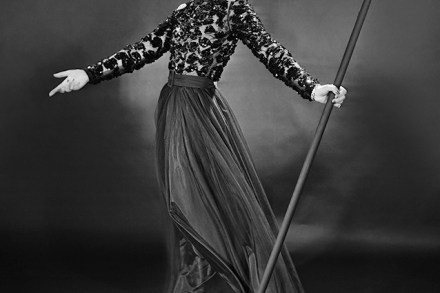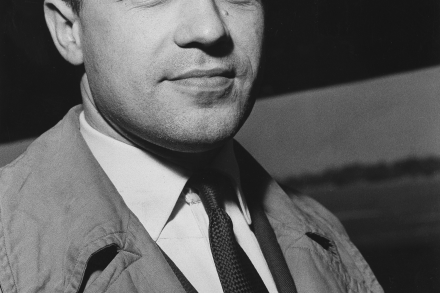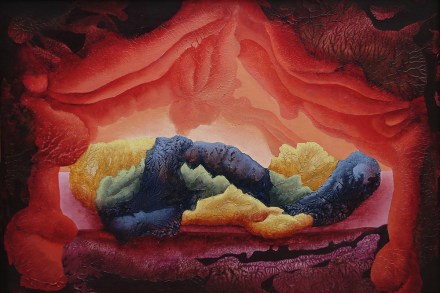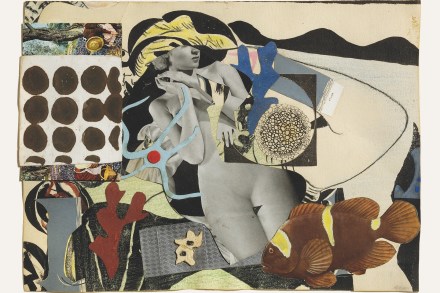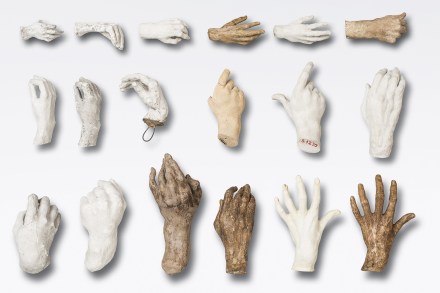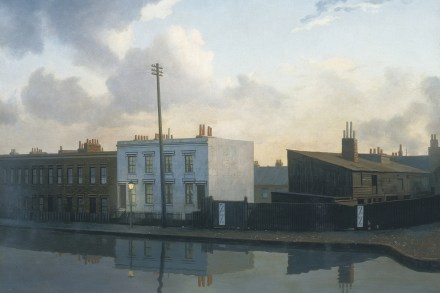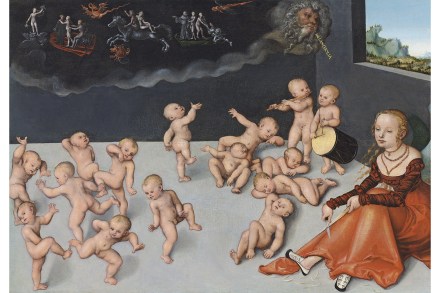Magnetic and manipulative – the enigma of Gala Dali
Salvador Dali’s wife Gala was born Elena Ivanova Diakonova in 1894 in Kazan, on the banks of the Volga. Her father was an abusive alcoholic who vanished when she was ten. Her mother, a midwife, moved the family to Moscow where Elena attended an exclusive school. But in 1913 she started coughing, so was sent to a Swiss sanatorium, Clavadel. There she fell in love with a fellow patient, Paul Éluard, who had just published his Premiers poèmes. They got engaged but had to wait until he turned 21 (she was 22) to marry – by which time she had adopted the name Gala. They had a daughter, Cécile, but
